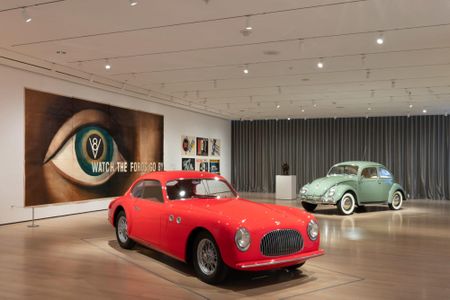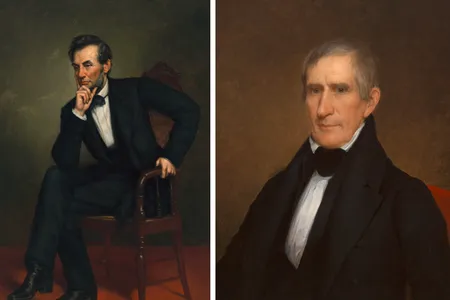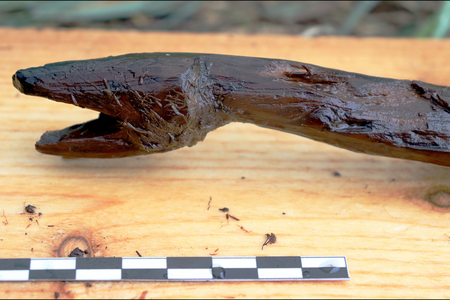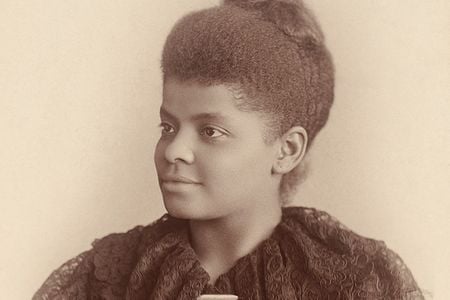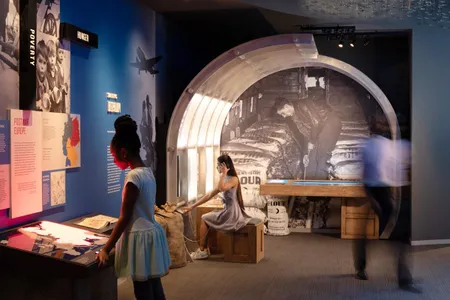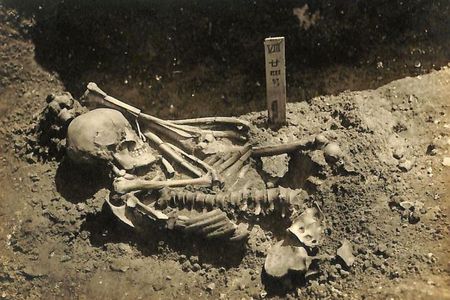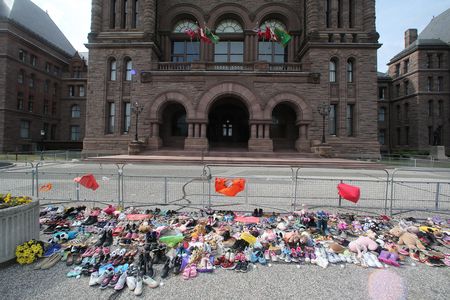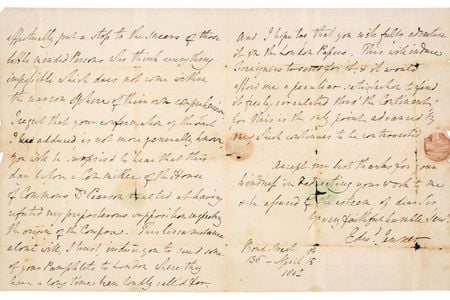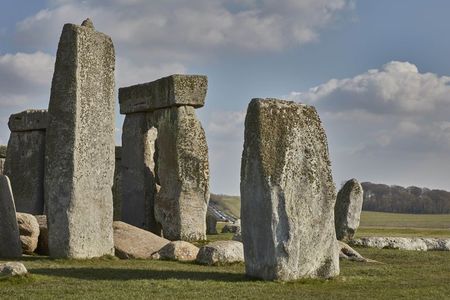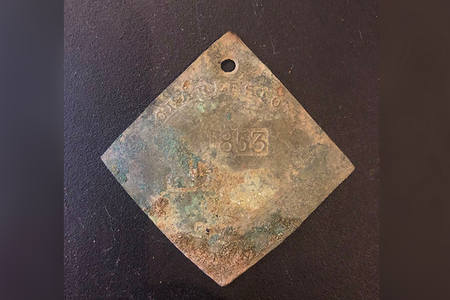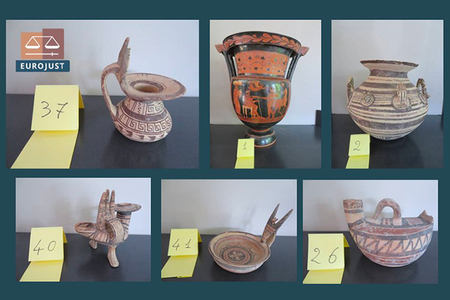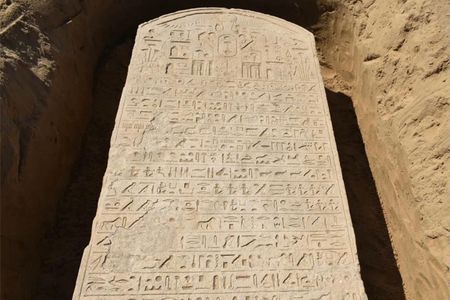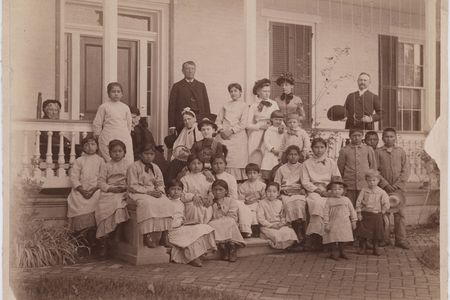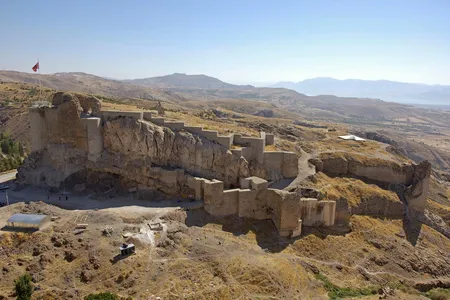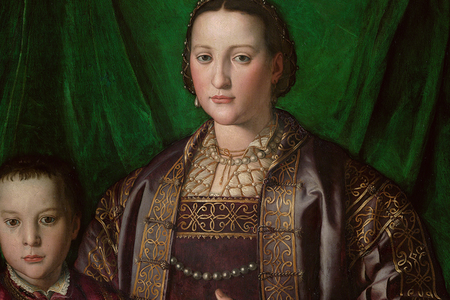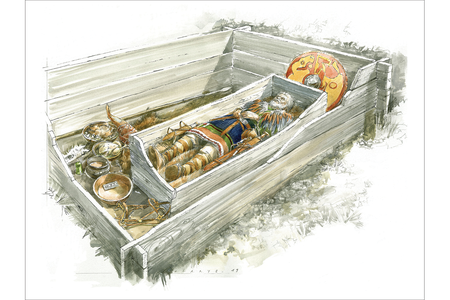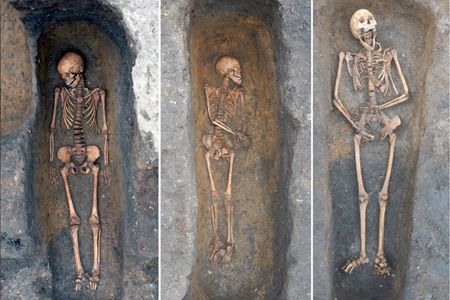How the Automobile Changed the World, for Better or Worse
New MoMA exhibition explores artists’ responses to the beauty, brutality and environmental devastation of cars and car culture
Who Were the Best and Worst Presidents Ever—and How Do Historians Decide?
C-SPAN’s 2021 ranking places Trump near the bottom of the list. Obama, Grant rises higher, while Lincoln holds steady in first
4,000-Year-Old ‘Snake Staff’ Discovered in Finland
A Stone Age shaman may have used the carving during special rituals
Chicago’s First Monument to a Black Woman Will Commemorate Activist Ida B. Wells
Sculptor Richard Hunt designed the statue, which is called ‘Light of Truth’
At the Harry Truman Library and Museum, Visitors Get to Ask Themselves Where the Buck Stops
Interactive exhibitions pose questions about the decision to drop the nuclear bomb, the Red Scare, Truman’s foreign policy and more
The Tunnels Beneath Rome’s Colosseum Are Open to the Public for the First Time
The chambers are finally on view after a $29.8 million restoration
Who Was Jean Baptiste Point DuSable, the New Namesake of Chicago’s Lake Shore Drive?
Chicago leaders voted to rename the city’s iconic lakeside roadway after a Black trader and the first non-Indigenous settler in the region
Archaeologists Uncover a 3,000-Year-Old Shark Attack Victim
Researchers found the skeletal remains at a prehistoric hunter-gatherer cemetery in Japan
751 Unmarked Graves Discovered Near Former Indigenous School in Canada
Experts estimate 4,000 to 10,000 children may have died at the schools, often from a combination of poor living conditions and disease
Metal Detectorist Discovers Black Death-Period Coins
The treasure dates back to the reign of Edward III and probably belonged to a wealthy person in England
Letter From ‘Father of Vaccination’ Edward Jenner Sold at Auction
Jenner wrote that new research ‘put a stop to the sneers’ of ‘little minded persons’
Unesco Weighs Changes to Stonehenge’s Cultural Heritage Status
A new report also cited Venice and the Great Barrier Reef as sites that might be placed on the World Heritage in Danger list
This Rare Copper Badge Tells a Story of Slavery in 19th-Century Charleston
The South Carolina city used the metal tags to identify enslaved people hired out as part-time laborers by their enslavers
Officials Seize 782 Ancient Artifacts Acquired Illicitly by Single Belgian Collector
The trove of treasures, including a funerary slab, amphorae and pottery dated to pre-Roman times, is worth an estimated $13 million
Farmer Stumbles Onto Egyptian Pharaoh’s 2,600-Year-Old Stone Slab
The large sandstone marker may be connected to a military campaign led by the 26th dynasty ruler Apries
Remains of Ten Native American Children Who Died at Government Boarding School Return Home After 100 Years
The deceased were students at the Carlisle Indian Industrial School, whose founder’s motto was “kill the Indian, and save the man”
2,800-Year-Old Castle Linked to Enigmatic Ancient Civilization Found in Turkey
The structures dates to the time of Urartu, a kingdom that clashed with the Assyrians in the first millennium B.C.
Florence’s Medici Family Used Portraits as Propaganda
A new exhibition at the Met reveals how the Italian banking dynasty drew on art to cement its power and legacy
Why Did Early Medieval Europeans Reopen Graves?
Contrary to some assumptions, the removal of objects from burial sites was not typically motivated by greed
Why Weren’t These Black Death Victims Buried in Mass Graves?
New research suggests some Europeans who died of the bubonic plague were individually interred with care
Page 112 of 319
